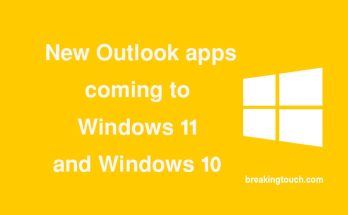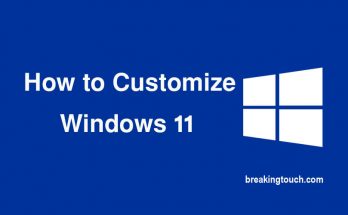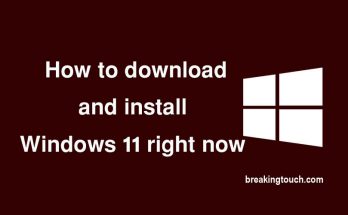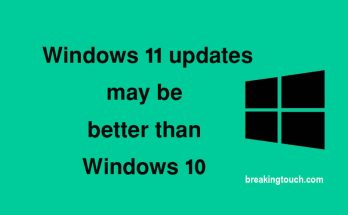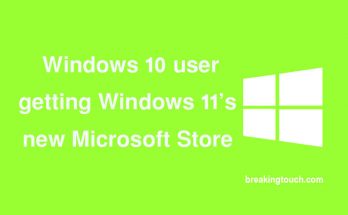You almost certainly have a selection of apps installed on your computer, and a lot of them use notifications to let you know about things.
A news app can let you know about the latest headlines, a messaging app lets you know when you get a new email, and its chat app lets you know about new posts that need your attention. All of this, as well as messages from Windows itself, can receive notifications in Windows 11. Learn how to manage, configure, and get the most out of notifications so you’re always up to date with the information you need from your apps and operating system, without getting overwhelmed.
1. How Windows 11 handles notifications
Windows 11 displays notifications in the lower right corner of the screen, just like the clock in the system tray, and no configuration is required to keep everything working.
You will know when you get a new notification as it is only displayed to get your attention. The type of notification you receive depends on the action you take.
Some notifications contain everything you need to know, while others, such as: For example, those reporting a new email should click to go to the app that generated the message so you can get more ‘information.
2. Use keyboard shortcuts
For anyone who is a fan of keyboard shortcuts, there is another very useful way to access the list of received notifications.
Just press the Windows key and N at the same time and the notification panel will appear. You can then interact with the notifications as you see fit, or just ignore them after viewing them.
As soon as you click anywhere other than the notification panel or press another key on the keyboard, notifications disappear again.
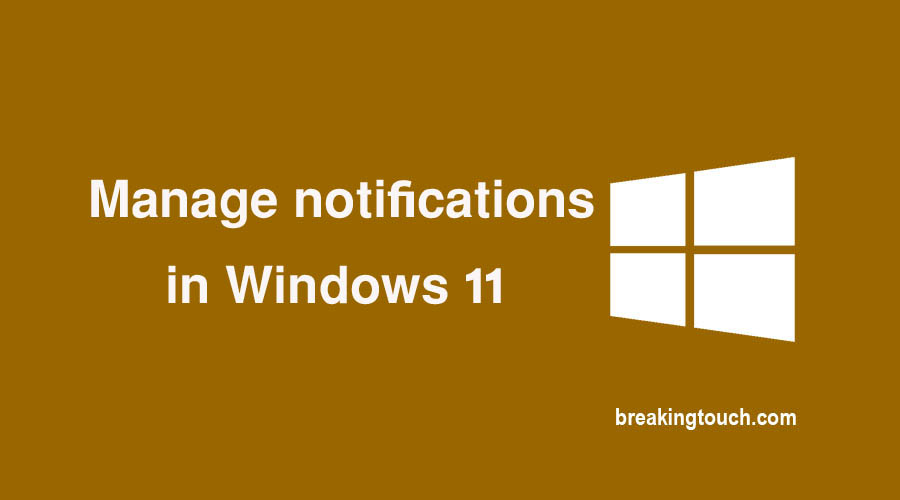
3. Dealing with notifications
If you get a notification, you don’t have to worry right away. You can just ignore it until you have time, or you can click the “x” button at the top right of the pop-up window.
When new notifications arrive, a counter will appear to the right of the clock and tell you how many you need to see. If you click on the counter or clock in the system tray, you will see a list of all notifications received, as well as the calendar.
4. Tidy up
When an app may have generated multiple notifications for you, but the Notifications sidebar isn’t showing them all in order at the same time.
In fact, you’ll only see one entry in the list for each app, and only the most recent will give you details.
If there are multiple notifications from the same app, you will see a button indicating it; Press the “+ x Notifications” button and the entry of this app will expand to show all notifications and show less to compress the list again.
5. Clear notifications
There are several ways to clear notifications so that they don’t stay on the list forever.
In addition to clicking on a notification to switch to its app, you can hover over a notification and then click the “X” button that appears to close it.
Not only can you do this for individual notifications, but you can also remove all notifications from a single app at a time – just hover over the app name and click the “x” button that appears to the right of your name.
6. Do it all at once
There’s also a quick and easy way to clear all notifications at once, read them all, and remove them from view at the same time.
At the top of the notification panel, in the upper right corner, you will see the “Clear All” button. Click here and all of your notifications will be cleared and marked as read, no matter where they came from.
This is a very useful option that can save you a lot of time if you have already visited the apps in question and seen the notifications.
7. Turn off all notifications
Now, you might be the type of person who doesn’t want to receive notifications from Windows 11 apps.
It can be a temporary measure while you focus on something distraction-free, or it can be a more permanent arrangement if you prefer. Open Settings and go to the “System” section.
At the top of the options list, you’ll see a requested notification with a toggle next to it. Click the switch so that it is in the off position and you are no longer disturbed by notifications. To reactivate it, simply return the switch to the “on” position.
8. Configure notifications per app
You might want to set notification options for individual apps. If you have any apps that you don’t want to receive notifications from, you can just turn them off.
To do this, right-click on the clock in the system tray and select “Notification settings”. Navigate through the displayed list of apps and use the toggle button to the right of an entry to turn notifications on or off for a specific app.
You’ll find that there are also entries related to Windows 11 itself rather than individual apps like settings and autoplay, and these can be treated the same. Just flip a switch to the off position to turn off these notifications.
9. More control over notifications in Windows 11
However, Windows 11 gives you even finer control over notifications.
Click the little arrow to the right of a switch in the list of apps and you can configure advanced settings for an app. You can choose the type of notifications to use (banners or messages in the notification center), decide if you want to play sounds when the notifications appear, set the priority of the notifications for a particular app, and decide whether you want to display the content of the notifications. notifications. computer lock screen.
10. Use Focus assist
Another way to control notifications is to use Focus Assist.
Open the notification panel by pressing Win + N and clicking “Focus assist settings” at the top. If you have different priorities for notifications from different apps, you can use the Priority only setting to ensure that you are only disturbed by high priority messages when Focus Assist is enabled by clicking the top icon – speaker in the taskbar, then clicking on the ‘Focus Assist button.

